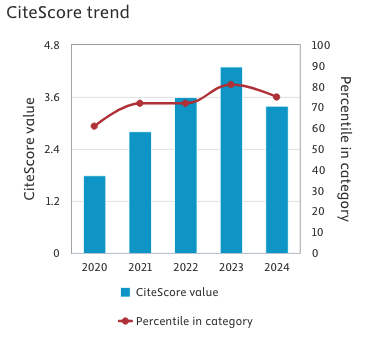Interaction between ticlopidine or warfarin or cardioaspirin with ahighly standardized deterpened Ginkgo biloba extract (VR456) in ratand human
Keywords:
VR456, Ginkgo biloba, Ticlopidine, Warfarin, Cardioaspirin, Rat, HumanAbstract
Ginkgo biloba is available in Europe as an over-the-counter drug and it is reported to cause hemorrhage when co-administered with other anti-platelet agents. We set out to study the interactions of ticlopidine with Ginkgo biloba extract or VR456, a new highly standardized deterpened extract from Ginkgo biloba leaves. Male Wistar rats were used to study the effects of ticlopidine (50-100 mg/kg/day), given alone and in combination for 5 days with Ginkgo biloba extract (50 mg/kg/day) or VR456 (50 mg/kg/day), on bleeding time and ex vivo ADP-induced platelet aggregation measurements. In addition, human studies were performed with the compounds under investigation. Combined treatment of ticlopidine and undeterpened Ginkgo biloba extract increased anti-platelet effect and prolonged the bleeding time in the rat. On the contrary, the combination treatment of ticlopidine and VR456 increased anti-platelet effect but did not prolong bleeding time. Moreover, daily administration of 360 mg of VR456 for 14 days to ticlopidine-treated humans did not highlight any unwanted effect and did not alter PT/INR and PTT parameters. Same results have been also obtained in warfarin or in cardioaspirin-treated patients. These data point out the clear role played by the terpenoid, PAF-antagonist fraction of Ginkgo biloba extract in affecting bleeding risk in anticoagulant-treated subjects and suggest VR456 as a possible option treatment in geriatric people subjected to anticoagulant treatment where the use of standard Ginkgo biloba extracts are discouraged.Downloads
Published
Issue
Section
License
This is an Open Access article distributed under the terms of the Creative Commons Attribution License (https://creativecommons.org/licenses/by-nc/4.0) which permits unrestricted use, distribution, and reproduction in any medium, provided the original work is properly cited.
Transfer of Copyright and Permission to Reproduce Parts of Published Papers.
Authors retain the copyright for their published work. No formal permission will be required to reproduce parts (tables or illustrations) of published papers, provided the source is quoted appropriately and reproduction has no commercial intent. Reproductions with commercial intent will require written permission and payment of royalties.


